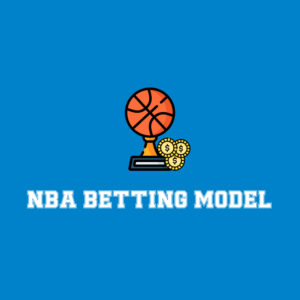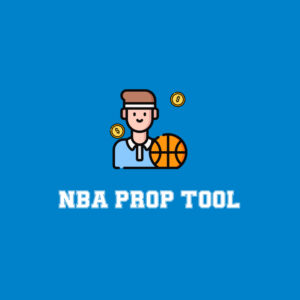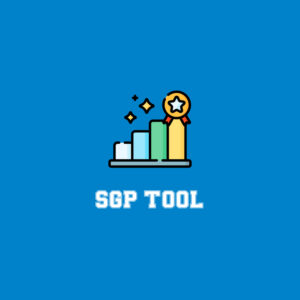
There is no daily fantasy sport with more variance than baseball.
You can get absolutely lost during the research process for a given slate. Unlike football and basketball, where you can bank and project volume, baseball is different. Mike Trout, the consensus top player in the sport, has far less control over his outcome than someone like Russell Westbrook would in the NBA, or Michael Thomas in the NFL. But that variance, and the handful of other underlying factors, make preparing for an MLB slate so much fun. There is a process to researching every sport, but the majors is an entirely different ball game.
FanGraphs
Good luck playing daily fantasy baseball without understanding FanGraphs. Sure, it is possibleto do so without it, but the premiere baseball website on the planet allows you to truly unmask who a player is and what their tendencies are. You will hear this a lot from me, but my main focus when looking at any slate is positive correlation, and it especially applies for baseball. FanGraphs allows you to look at hundreds of advanced metrics, including how often a pitcher throws a certain pitch and how effective that pitch is. On the flip side, I also love looking at how successful a certain hitter is against a certain pitch to try to identify if it is an advantageous spot. For instance, a pitcher like Kansas City’s Jakob Junis threw his slider 43.9 percent of the time in 2019, the highest rate among qualified pitchers. He also gave up a ton of production to left-handed hitters, while Colorado lefty Charlie Blackmon ranked second in baseball against the slider last year. Those numbers, at least to start, would make someone like Blackmon a solid option on a given slate.
Of course, there are so many other factors, too.
When selecting your starting pitchers, you are obviously going to look at the opposing matchup. But regardless, you want the best chance of getting as many strikeouts as possible, especially if you are spending up at the position. You can find strikeout rates all over FanGraphs, as well as swinging strike rates, which is a better indicator of just how good a pitcher is at inducing swings and misses.
Batted ball data is also important when researching. A lot of pitchers in the league don’t induce many swings and misses, which gives your hitters a better chance of getting on base and scoring runs. You can sort to find the pitchers who allow the most contact in baseball, then correlate with hitters who generate a lot of contact at the plate. Of course, not all contact is the same, as we want players that create hard contact and fly balls. The former leads to the ball landing in gaps and making it more difficult for fielders, while the latter is obviously something that you will see from home run hitters. And as the weather gets warmer, those fly balls and hard hits turn into home runs more often.
Weather
Speaking of weather, mother nature can alter an entire slate of baseball games. Two gas-can pitchers in an elite ballpark could lead to a game with a high total, but constant rain could lead to postponement. If you have the time, I would highly suggest taking a look at any potential precipitation and wind in each game. A heavy dose of wind in an already small venue isn’t exactly a recipe for success for opposing pitchers, while it is a welcoming sight for hitters.
Ballpark
Unlike football and basketball, venue is a huge part of the equation in baseball. Understanding the dimensions of every ballpark in the league is important when choosing which hitters to target and which pitchers to avoid. Every venue is different. For instance, Yankee Stadium has a short porch in right field, sitting just 314 feet from home plate, making it very advantageous for left-handed hitters. Meanwhile, Philadelphia’s Citizens Bank Park and Baltimore’s Camden Yards are two other hitter-friendly environments. Then, there are the bigger ballparks that favor pitchers, such as San Diego’s Petco Park or San Francisco’s Oracle Park. Knowing the ballpark and a hitter’s tendencies when it comes to pulling the ball, or going opposite field, can give you an edge.





























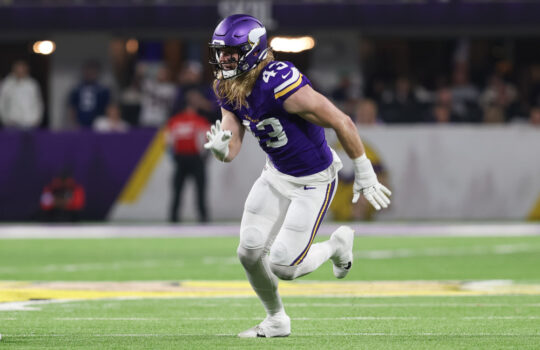



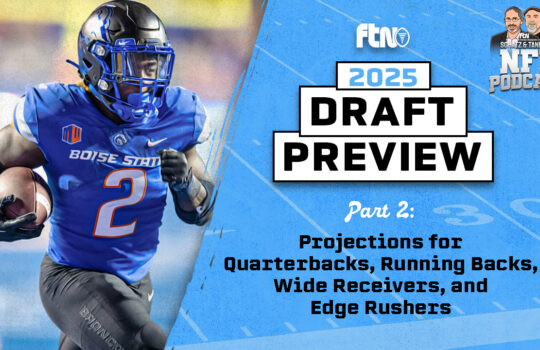

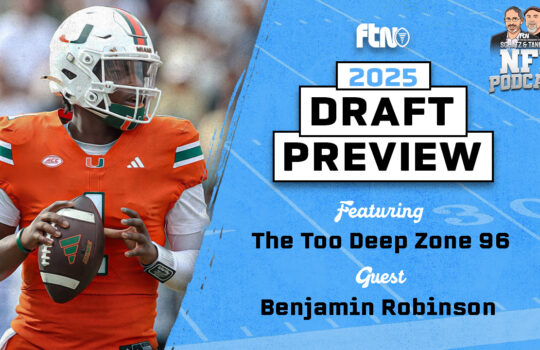





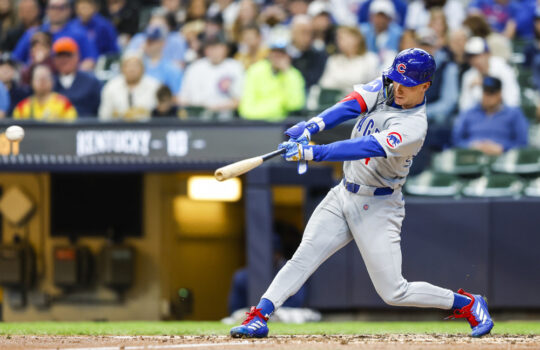

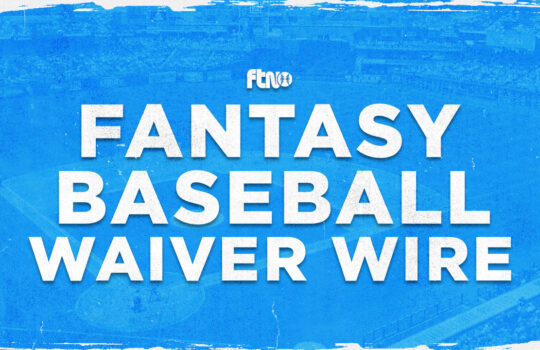

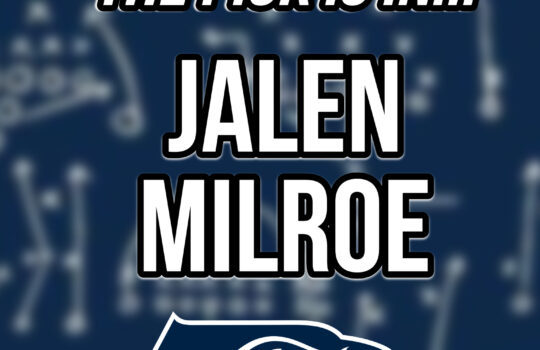

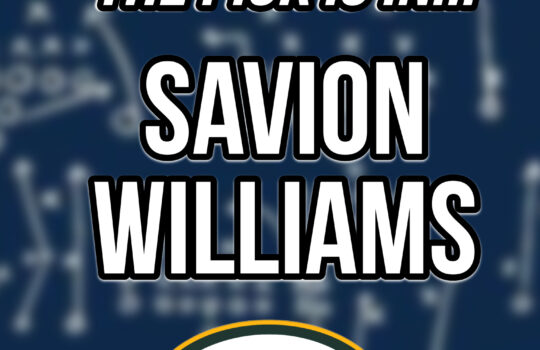
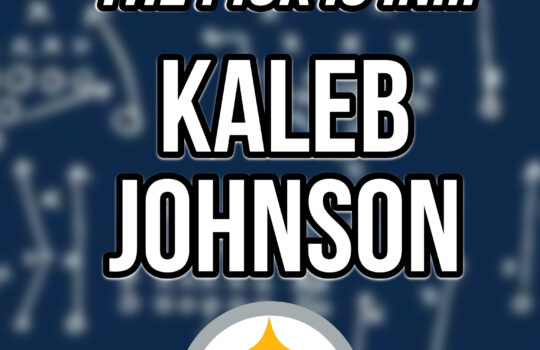

 New York Jets
New York Jets  New England Patriots
New England Patriots  Miami Dolphins
Miami Dolphins  Buffalo Bills
Buffalo Bills  Pittsburgh Steelers
Pittsburgh Steelers  Cleveland Browns
Cleveland Browns  Cincinnati Bengals
Cincinnati Bengals  Baltimore Ravens
Baltimore Ravens  Tennessee Titans
Tennessee Titans  Jacksonville Jaguars
Jacksonville Jaguars  Indianapolis Colts
Indianapolis Colts  Houston Texans
Houston Texans  Las Vegas Raiders
Las Vegas Raiders  Los Angeles Chargers
Los Angeles Chargers  Kansas City Chiefs
Kansas City Chiefs  Denver Broncos
Denver Broncos  Washington Commanders
Washington Commanders  Philadelphia Eagles
Philadelphia Eagles  New York Giants
New York Giants  Dallas Cowboys
Dallas Cowboys  Minnesota Vikings
Minnesota Vikings  Green Bay Packers
Green Bay Packers  Detroit Lions
Detroit Lions  Chicago Bears
Chicago Bears  Tampa Bay Buccaneers
Tampa Bay Buccaneers  New Orleans Saints
New Orleans Saints  Carolina Panthers
Carolina Panthers  Atlanta Falcons
Atlanta Falcons  San Francisco 49ers
San Francisco 49ers  Seattle Seahawks
Seattle Seahawks  Los Angeles Rams
Los Angeles Rams  Arizona Cardinals
Arizona Cardinals 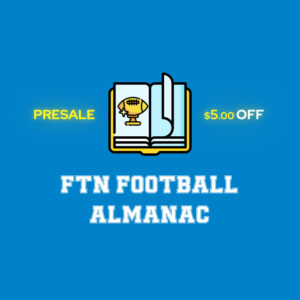
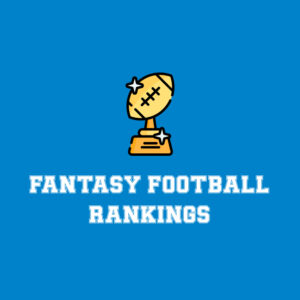
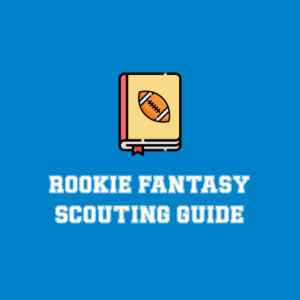
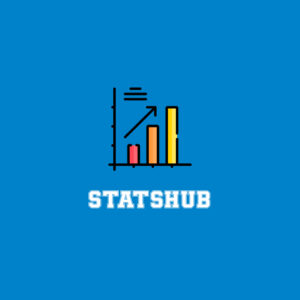





 Boston Celtics
Boston Celtics  Brooklyn Nets
Brooklyn Nets  Philadelphia 76ers
Philadelphia 76ers  New York Knicks
New York Knicks  Toronto Raptors
Toronto Raptors  Chicago Bulls
Chicago Bulls  Detroit Pistons
Detroit Pistons  Milwaukee Bucks
Milwaukee Bucks  Cleveland Cavaliers
Cleveland Cavaliers  Indiana Pacers
Indiana Pacers  Orlando Magic
Orlando Magic  Atlanta Hawks
Atlanta Hawks  Charlotte Hornets
Charlotte Hornets  Miami Heat
Miami Heat  Washington Wizards
Washington Wizards  Denver Nuggets
Denver Nuggets  Minnesota Timberwolves
Minnesota Timberwolves  Oklahoma City Thunder
Oklahoma City Thunder  Portland Trail Blazers
Portland Trail Blazers  Utah Jazz
Utah Jazz  LA Clippers
LA Clippers  Golden State Warriors
Golden State Warriors  Los Angeles Lakers
Los Angeles Lakers  Phoenix Suns
Phoenix Suns  Sacramento Kings
Sacramento Kings  Dallas Mavericks
Dallas Mavericks  Houston Rockets
Houston Rockets  Memphis Grizzlies
Memphis Grizzlies  New Orleans Pelicans
New Orleans Pelicans  San Antonio Spurs
San Antonio Spurs 
